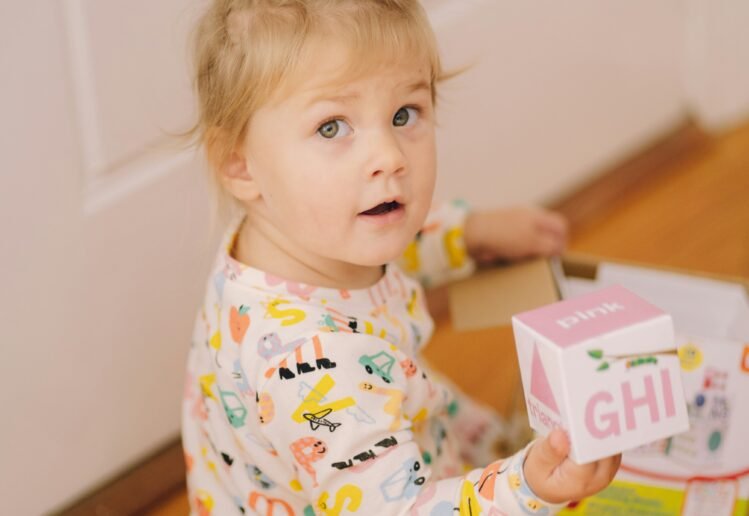The image of the child is a powerful concept in early childhood education, shaping how educators and caregivers approach child development. When we view children as capable, curious, and active participants in their world, it transforms how we interact with and support them.
For example, educators who see children as naturally curious might create learning environments filled with opportunities for exploration, letting children lead their learning through play. A child who shows interest in the building might be provided with blocks, tools, and time to explore construction. This play-based learning supports cognitive and social development because the child is engaged in something that excites them.
Similarly, seeing children as active citizens—individuals who have a right to be part of decisions that affect them—can change how we approach day-to-day interactions. If a child says they don’t want to participate in a certain activity or want to be called by a different name, acknowledging that desire is essential. This empowers them and respects their right to have a voice in their own life.
Research and frameworks like How Does Learning Happen? emphasize the importance of these perspectives. They highlight that children are competent in complex thinking. When we view children this way, we’re more likely to foster environments where they feel secure, included, and respected. This nurturing approach can significantly impact their emotional well-being and development.
At the same time, it’s important to reflect on our own beliefs about childhood. Each educator or parent carries an image of the child that influences their behavior. By reflecting on this image, we can ensure our actions support a child’s development in the best possible way, helping them grow into confident, capable individuals.
In short, the way we view children matters. When we see them as capable, curious, and deserving of respect, we lay the foundation for their growth and happiness.









